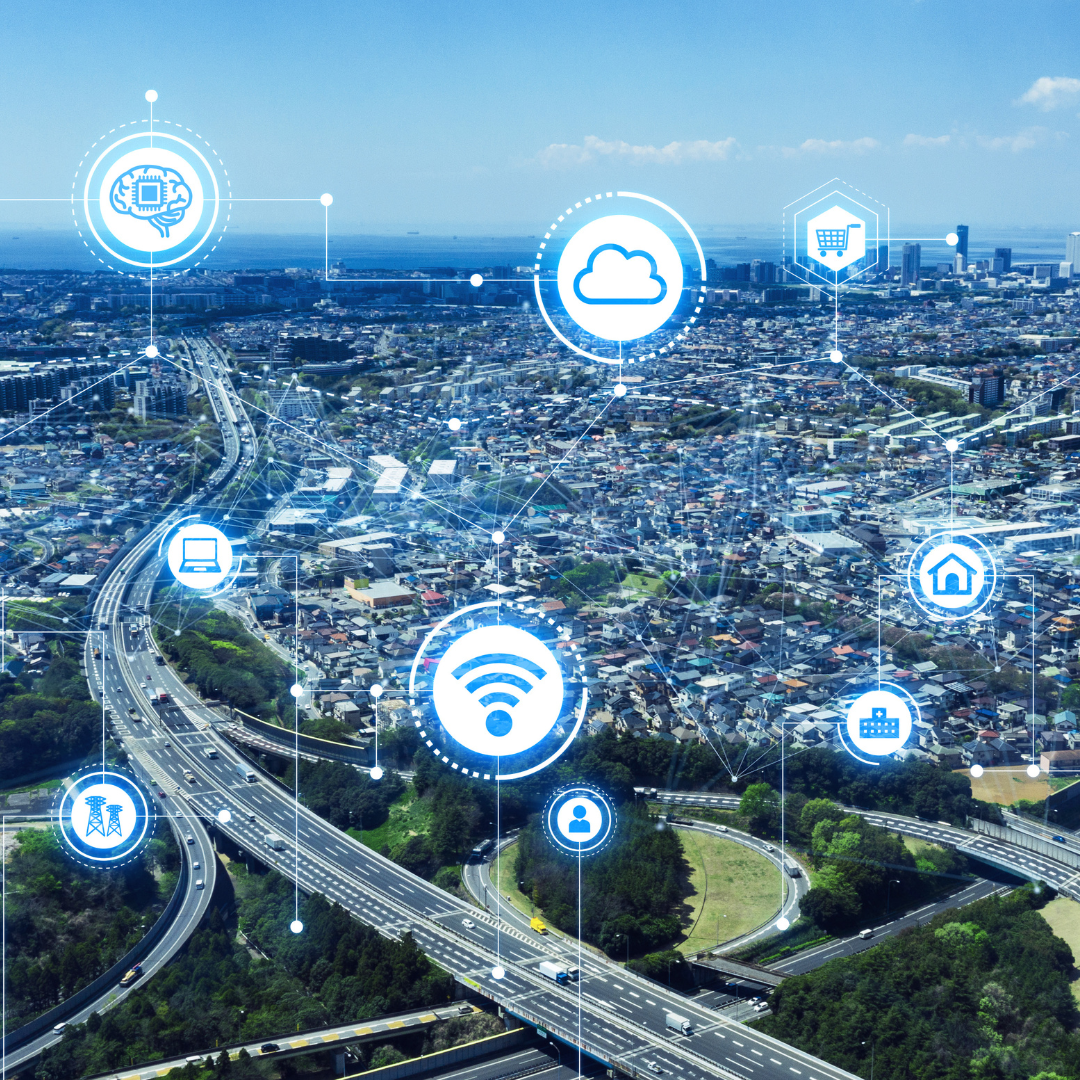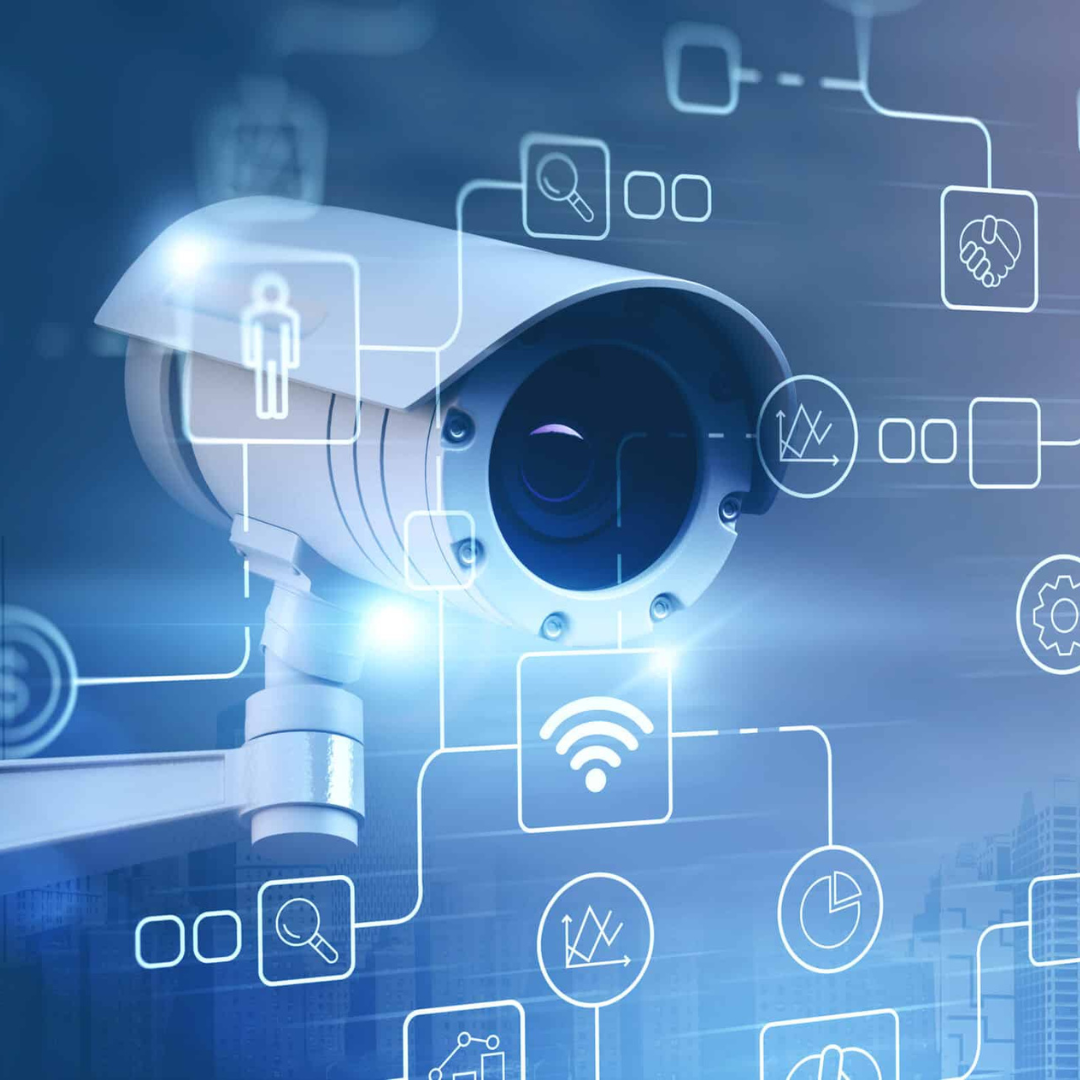Why a Grid-tie Solar System Is a Great Asset for Your Business
2022-11-08 13:19:17

According to statistics published by the CSIR, 2021 was the worst year in history for load shedding in South Africa, and so far, 2022 is looking even worse.
These ongoing blackouts impact us in every area of our lives, but nowhere more than at work, where we struggle to keep the lights on day after day. The time is long overdue for South African business owners to seek alternative energy solutions.
A complete solar overhaul isn't an option for every business, but fortunately, there is an acceptable alternative in the form of a grid-tie solar system.
Keep reading to learn more about how this setup could benefit your business.
What Does Grid-Tie Mean?
A grid-tie system connects your solar panels to the national grid. It comprises three main components, namely:
- solar panels
- inverters and
- an energy meter.
These systems do not typically have battery backup. That means your grid-tie solar system won't work during load shedding.
The good news is, there's an easy way around that. All you need is batteries and a grid-forming inverter to ensure you never run out of electricity again.
This setup enables your inverter to 'restart the grid', so you can keep your business running when the grid goes down. What it does is redirect your solar panels' energy to your business.
With a grid-tied system, electricity can flow into your business from the grid and back out to the grid from your solar panels. In exchange for the electricity you supply to the grid, Eskom will credit your electricity bill.
Why Implement a Grid-Tie Solar System
Does the above seem like it benefits the grid more than your business? Never fear. You have plenty to gain from installing grid-tied solar with a grid-forming inverter.
Solar power offers numerous advantages for business owners and homeowners alike, but you can look forward to even more benefits when you harness grid backup for your system.
These benefits are:
Save Money on Operational Expenses
Electricity is a significant operational expense for any business. With a grid-tie solar system, you can enjoy attractive savings on your electricity bill since Eskom credits you for the energy you give back to them.
If you have a backup generator, a grid-tie system will help reduce fuel costs associated with running this gas-guzzling appliance when the power goes down.
Enjoy Carbon Tax Savings
South Africa implemented a carbon tax in 2019 to encourage businesses to switch to renewables. During 2020, the pandemic overshadowed the emphasis on sustainable energy, but now the government has its steely gaze back on its COP26 commitments.
As a result, the carbon tax increased to R144 per ton of carbon dioxide equivalent emissions in January 2022, and further increases will occur every January from now onwards.
The only way to avoid attracting any carbon tax charges or to reduce them is by implementing renewable energy.
Plus, you can still deduct up to 100% of your solar installation cost from your taxable income in the year of the installation. This saving applies only to grid-tied installations of less than 1 MW.
Get Your Money Back in 3 to 5 Years
We have no shortage of sunshine in South Africa, with some 2 500 hours of energy beating down on us every year. While electricity costs continue to soar, sun energy remains free.
Once you've set up your grid-tie solar system, you can expect it to cover its costs within a few years, thanks to the savings on your electricity bill.
Add the money you won't lose due to load shedding to this saving, and a grid-tie solar system becomes an attractive option for most businesses.
You'll also increase the value of your building by installing solar since buildings with a solid solar infrastructure demand higher prices. If you decide to sell your building or rent it out, you'll have no shortage of takers.
Low Maintenance and Easy to Clean
Solar panels have few working parts, so little can go wrong with them compared to a fully-fledged electrical system. Thanks to this durability, they're effortless to maintain, requiring little more than a cursory maintenance check once a year. Annual cleaning with water and no soap is enough to keep them spic and span.
Hail and rain also have little impact on the sturdy, tempered glass exterior of PV panels, so they're unlikely to break even during the most extreme thunderstorms.
Thanks to the factors above, you'll spend very little on your solar system's annual maintenance. We estimate it should cost you no more than one to two per cent of the purchase price.
Flexibility
We've already touched on the potential for avoiding load shedding with a grid-tying inverter, but you can still take things a step further with your installation.
A hybrid system includes battery backup in a grid-tie setup. That means you can store your solar-generated electricity and use it during the evening when the power goes down.
This type of arrangement is more costly, but be sure to consider the cost of downtime while calculating the expense.
You can scale your battery storage by adding extra batteries as your budget allows.
South African Energy Solutions with Daisy Energy
Daisy Energy can tailor a grid-tie solar system to suit your business needs.
A free energy audit is your first step towards savings on electricity and limiting your downtime. All we need to get you started is the location of your business and six to twelve months' electricity bills.
Reach out now, and we'll call you back right away to discuss our range of energy solutions.


